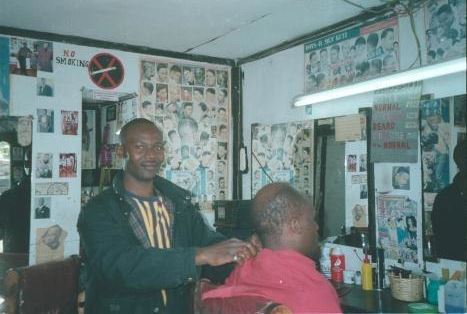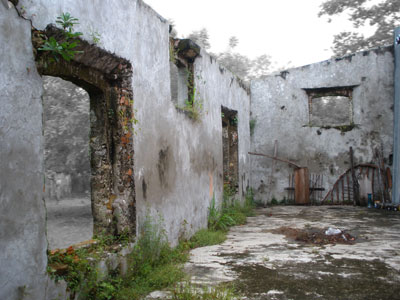What do Anthropologists Study?
In popular culture, anthropologists often star as the heroines and heroes of movies; portrayed as intrepid loners working in remote, inhospitable environments to bring us the lost secrets of hidden worlds.
There is a nugget of truth in that. Anthropologists do tend to be an adventuresome lot. Some field work can also be quite remote, and conditions can be difficult. But this is not the whole story and our subject matter varies greatly. While some anthropologists do look for vanished civilizations in jungles, many of us work closer to home.
Anthropology compares human societies across the globe and across time. We compare present and past forms of government or legal and religious belief systems, for example. We compare social structures, like family dynamics, and study transnational corporations. We spend time reading against the grains of colonial documents. We explore social movements and the root of social inequalities linked to race and gender. Wherever there are (or were) humans or other primates, there are opportunities for anthropological study.
The Four Subfields of Anthropology
In the United States, we break the discipline into four subfields: archaeology, socio-cultural anthropology, biological anthropology, and linguistic anthropology. In different colleges and universities, different departments may teach these subfields. At W&M, for example, linguistics is its own program. 
Socio-cultural Anthropology is the study of the social and political dimensions of living peoples. Such study often involves the method called participant observation and other tools. The range of topics studied by socio-cultural anthropologists is limitless. In our department, topics range from migration to barber shops! There is also research around food: how different cultures grow and prepare food, or what makes a great holiday meal.
Archaeologists address the same questions posed by socio-cultural anthropologists. But, they focus heavily on the materiality of social life. They use creative approaches to document and interpret the material remains of human activities. They also investigate spatial distribution and patterns of development through time. Archaeologists don't just scrape away at layers of dirt, but often use chemistry, geology, and remote sensing techniques to gather data. Historical archaeologists also use written records and oral histories to complement the findings they unearth.
Biological Anthropologists study the biological and biocultural evolution of humans. They compare populations of nonhuman primates, extinct human ancestors, and modern humans. This type of study may shed light on human culture, communication, society, and behavior. Some biological anthropologists use computers to model the evolution of technology and language. Others research diseases observed in human skeletal remains. Genetic studies allow us to infer how populations may have diverged and merged through time. Many biological anthropologists explore the relationship among genes, behavior, and environment. They want to understand the consequences - both historically and in the present day - of genetic determinist theories.
Linguistic Anthropologists study one of the most fundamental aspects of human society: communication. Some linguist anthropologists use techniques associated with socio-cultural approaches, like participant observation, to explore forms of communication. Others look at the human capacity to create and understand language and other modes of communication. At W&M, students can take linguistics classes through the Linguistics Program.
As with most classifications, these four subfields are a bit of a simplification and research agendas often cross-cut the subfields. Some anthropologists call themselves "applied anthropologists" since they directly relate anthropological research to specific problems.
 Skip to main content
Skip to main content
